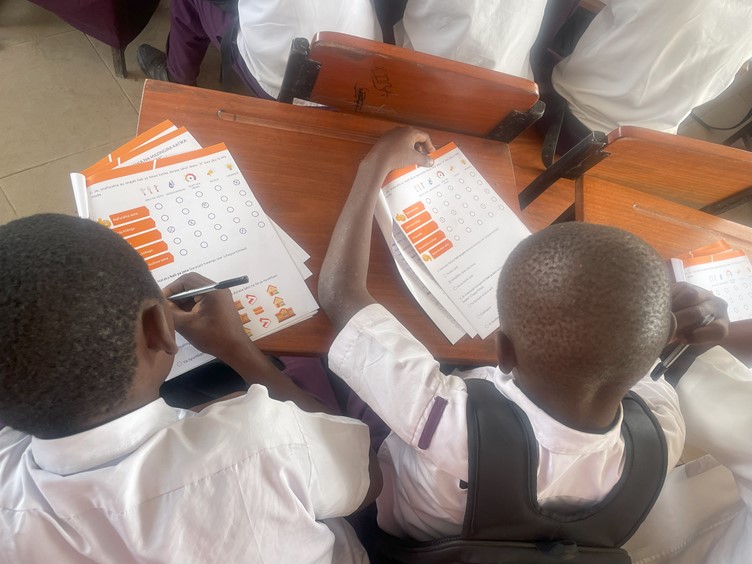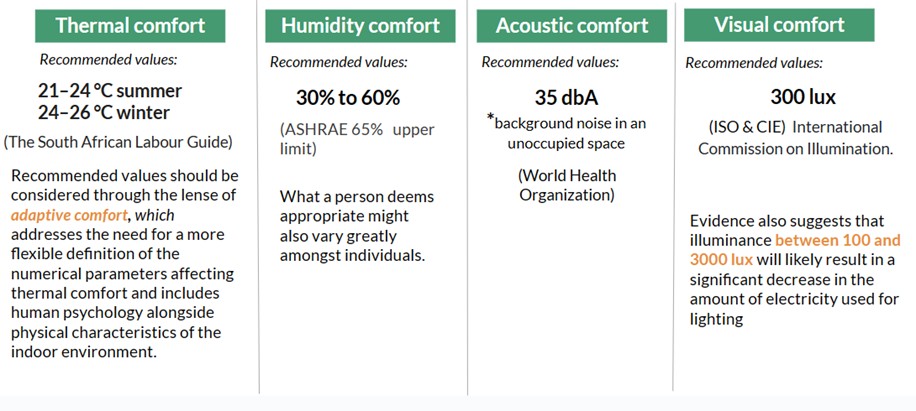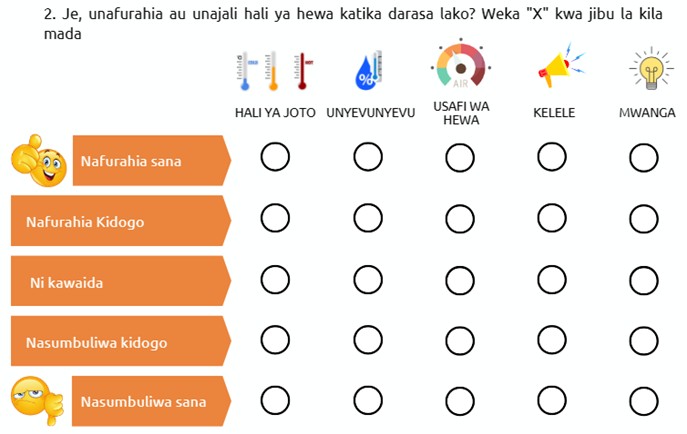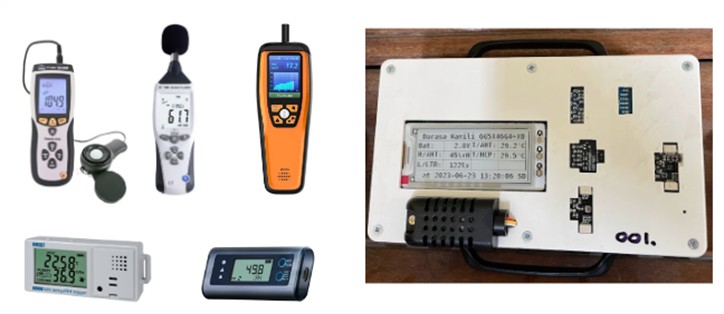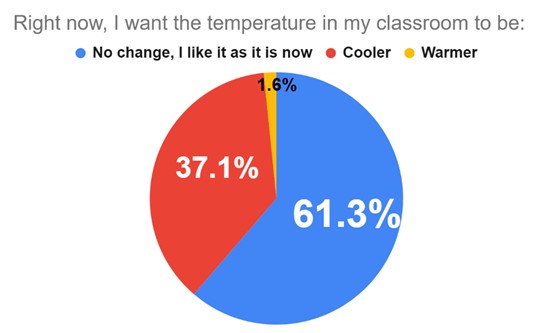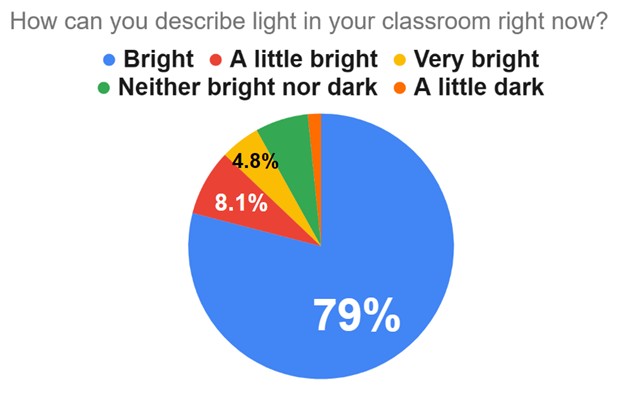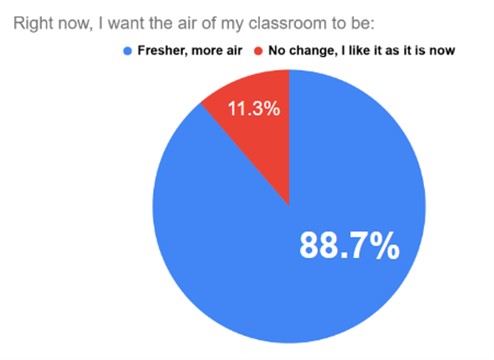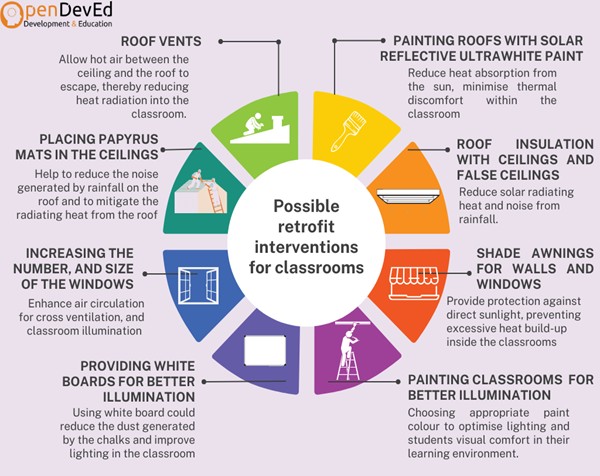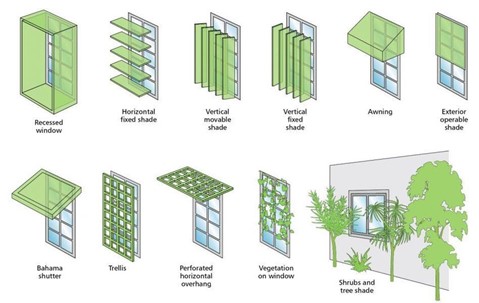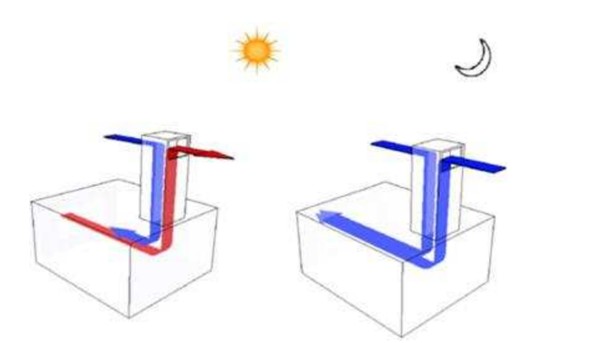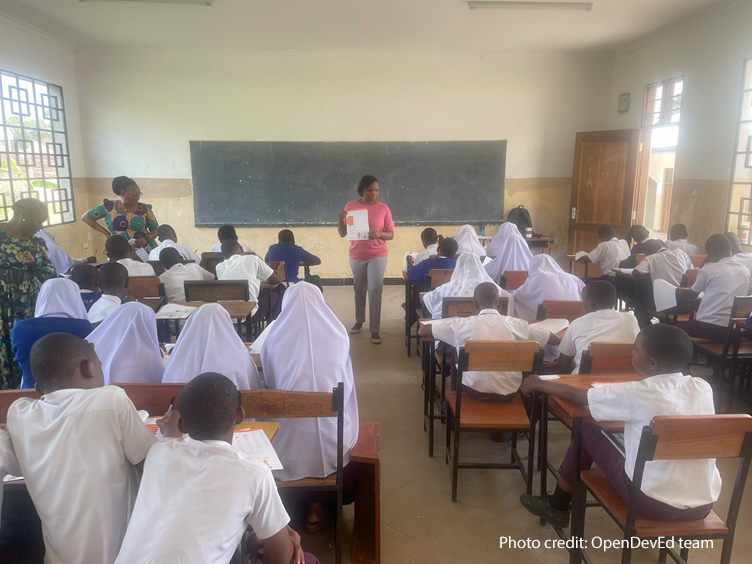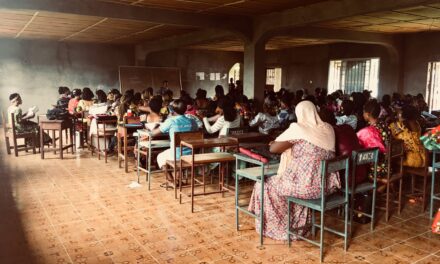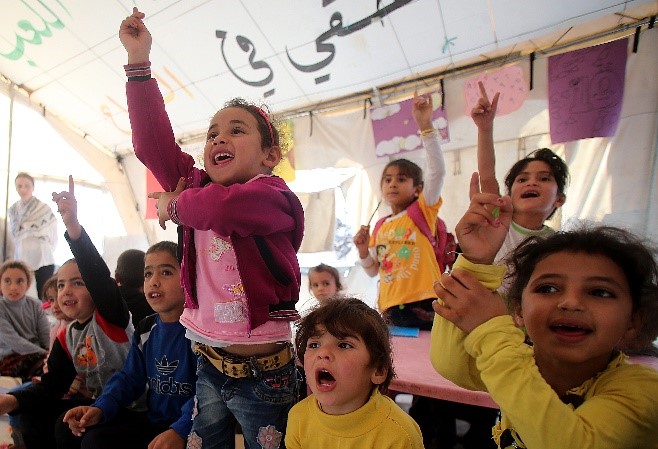This blog was written by Oluyemi Toyinbo (Open Development and Education Ltd, UK and Sierra Leone, and University of Oulu, Finland) and Xuzel Villavicencio (Open Development and Education Ltd, UK and Sierra Leone). It is based on a presentation at the 2023 UKFIET conference as part of the sub-theme Conflict, crisis, climate, and migration. The presentation was part of a symposium called ‘Climate, environment and education outcomes – Preliminary findings and practical experience from East and West Africa’. This blog has subsequently also been added to the Open Development and Education Ltd website.
Schools serve as a second home for children, where they can spend up to 10 hours each day, 5 days a week, engaged in both learning and play. To foster optimal student learning, well-being, and overall health, it is vital that school environments prioritise comfort.
Figure 1 provides a concise summary of diverse recommendations pertaining to indoor environmental quality (IEQ) parameters for classrooms. Bear in mind that these recommended values should be considered a guideline rather than a hard rule, as comfort is a relative concept and there are other factors that impact comfort, such as building characteristics and psychological aspects.
OpenDevEd is conducting a study in Tanzania, funded by the UK Foreign, Commonwealth & Development Office (FCDO), focusing on investigating whether modification of built environments (temperature, light intensity, and acoustics) can positively impact classroom experiences to improve learning.
The study is divided into four phases or stages, as can be seen in Figure 2.
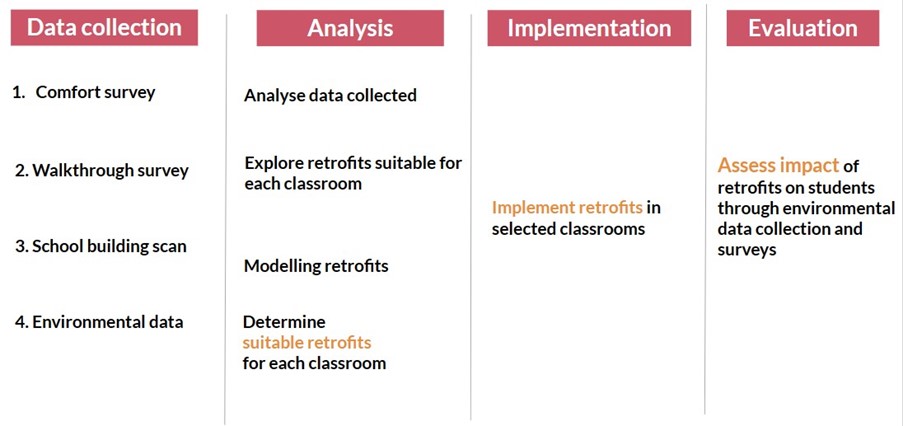
Figure 2. Methodology of OpenDevEd study investigating the impact of classroom modifications on learning.
Data collection
Five government schools in Temeke district, Dar es Salaam, were selected for data collection. This has been completed, and we are now analysing the data and exploring possible retrofits.
Surveys
One of the tools we used is a comfort survey aiming to understand how students feel about their current classroom conditions in terms of temperature, sound, light, and air quality in their respective classrooms. Students’ perception of different environmental conditions is very valuable for the study, as it allows the team to have more clarity on what parameters are causing learners greater discomfort or preventing them from focusing during the school day. Figure 3 shows an example in Swahili of one of the questions asked in the comfort survey.
We also conducted a walkthrough survey to collect on-site data for each classroom and school. This included details about classroom size and the current condition of the rooms. In addition, 2D and 3D scanning techniques were employed to comprehensively assess the current conditions of the classrooms.
Sensors
We gathered environmental data using data loggers and built-in sensors, capturing information on classroom temperature, relative humidity, as well as light, sound, and air quality. These multifaceted data collection methods allowed us to gain a holistic understanding of the classroom environments, helping us to determine the most suitable retrofitting strategies.
The first round of collecting environmental data was carried out over two days; the second round with an updated version of the built-in sensor will collect readings for a longer period of time. This will allow us to assess the variation in the measurements and the impact of the retrofits implemented on the classroom environment.
Preliminary analysis
Studies conducted in temperate in developed countries in general recommend temperatures within the range of 18°C to 24°C for classrooms. However, in tropical areas, the optimal range for classroom temperatures may vary due to distinct adaptive thermal comfort characteristics.
Preliminary findings of the comfort survey from one of the classrooms investigated for our study indicate that the classroom did not meet the criteria for thermal comfort. According to ASHRAE (American Society of Heating, Refrigerating, and Air-Conditioning Engineers) Standard 55, at least 85% of the sampled students should be comfortable in their classroom, and in this case, only 61% of students indicated “liking” the thermal conditions of their classroom (see Figure 5).
In terms of illuminance, the majority of students found the classroom to be bright. It is worth noting that this particular classroom receives direct sunlight at certain times of the day, particularly affecting students seated next to the windows. We would need to collect data for a longer period of time to determine if the level of illuminance and brightness might be causing students eye fatigue or visual discomfort (see Figure 6).
The majority of students perceived the air quality in their classroom as inadequate, potentially stemming from issues such as insufficient ventilation, elevated room temperatures, and odours (see Figure 7).
Retrofits explored
After analysing the data gathered for each classroom, the team will run simulations with the aim of selecting the most suitable retrofitting solutions. It is worth mentioning that the retrofits chosen may vary for different classrooms and schools.
Figure 8 shows some of the options that we have been considering so far.
Below are three alternatives that we are looking to explore further.
Roof colour
The market offers a number of commercial white paints that can reflect sunlight by around 80% to 90%. Likewise, there have been several initiatives in African countries to paint school roofs with white paint.
Recent studies show that combining paint with a substance called barium sulfate could improve the effectiveness of the reflectance and durability of the paint. Experiments indicate that using barium sulfate could reduce temperatures by 4.5 C in relation to outdoor temperatures.
We are currently seeking partners to find the best way to implement this type of retrofit in Tanzanian schools’ and analyse its impact.
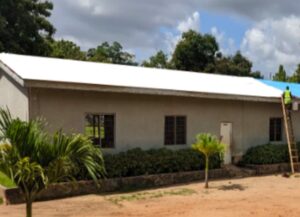
Figure 9. Example of a school roof painted with white paint. Image source: Proctor, J., 2022.
Sun shading techniques
Sun shading techniques are used to shield windows and walls from passive solar heating and reduce visual discomfort from excessive direct solar radiation.
When dealing with the design of shading devices, different factors come into play, such as calculating the most adequate horizontal and vertical shadow angles, orientation, location, and solar position, among others. Evidence reviewed suggests that using sun shading devices on their own does not sufficiently shape thermal comfort; nevertheless, when used in combination with other solutions, better results are achieved.
Shading from solar radiation can be achieved in different ways. For example:
- Recessing the external envelope of the building
- Integration of fixed external blinds or louvres.
- Permanent shading provided by vegetation or existing buildings.
- Integrating reflective canvas, earthen pots, and vegetation on the roof.
Different types of sun shading devices can be seen in Figure 10.
Figure 10. Example sun shading techniques. Source: Al-Yasiri, Q., & Szabó, M., 2021.
Wind catcher systems
A wind catcher is a structure that looks like a chimney, and is placed on the roofs of buildings. This system harnesses a cool breeze from the outside, and directs it into the building interior. The difference in pressure causes the hot air inside to go outside (see Figure 11).
There are many variations in design for this type of system. The most well-known are the passive ones used in Middle Eastern countries.
For some climates, a passive design appears to be insufficient to achieve adequate ventilation. Experiments using hybrid designs that work with a fan powered by solar panels are ongoing. We would like to explore the feasibility of implementing such designs in the Tanzanian context.
Figure 11. Wind catcher system. Source: Jomehzadeh, F., Nejat, P., Calautit, J.K. et al., 2016.
Next steps
Once the retrofits or combinations of retrofits are selected, they will be implemented in some of the classrooms where we collected data. The team will then assess the impact of the retrofits on the classroom environments (temperature, acoustics, light and air quality) and on students’ comfort levels. This assessment will entail conducting the student comfort survey once more and collecting classroom environmental data to compare the results before and after the retrofitting interventions.
We hope that the findings of this study will promote further research in the fields of education, climate change and environment because much remains to be investigated in East African countries. Likewise, we aim for this project to have a real impact on policies and regulations regarding school buildings.
More details on the project and its progress can be found here.
Visit our evidence library on education and climate change here.
[1] Sources for recommended values as given are:- South African Labour Guide. (2015). Managing office temperature.

